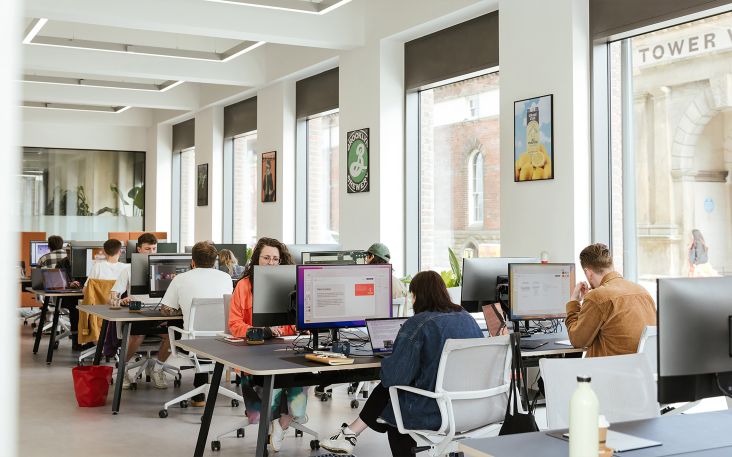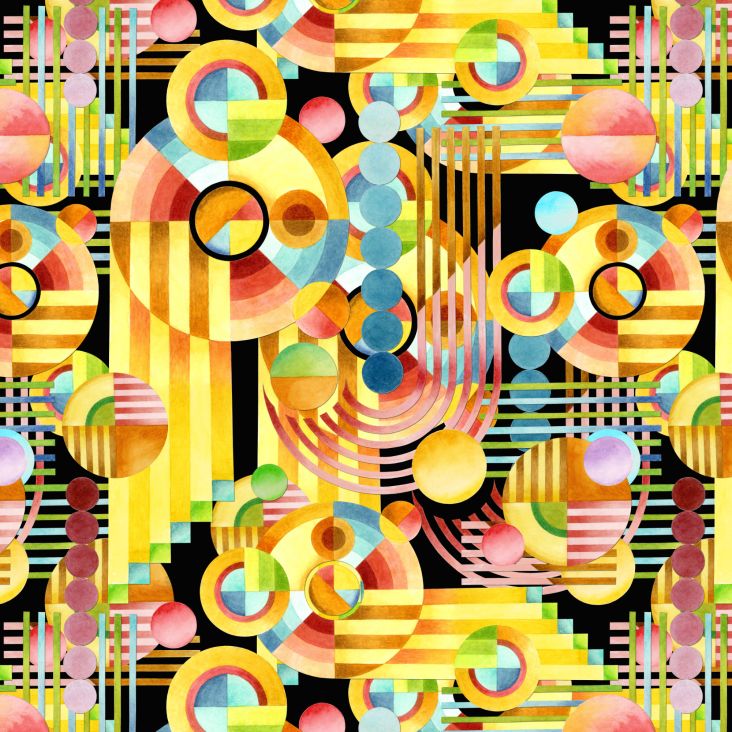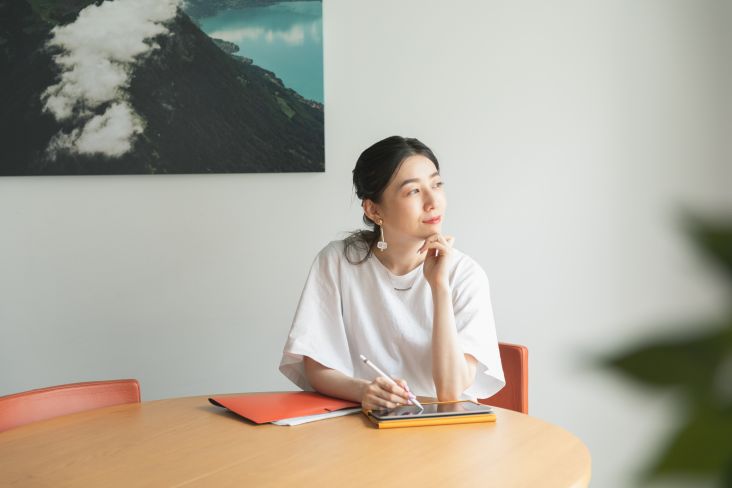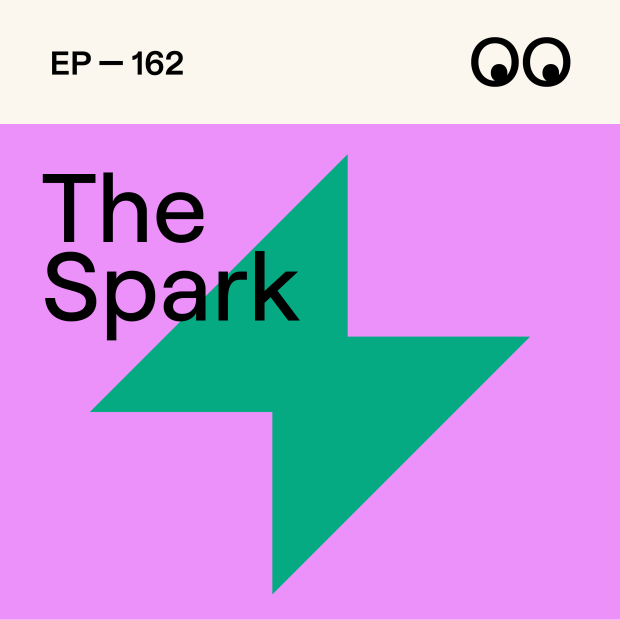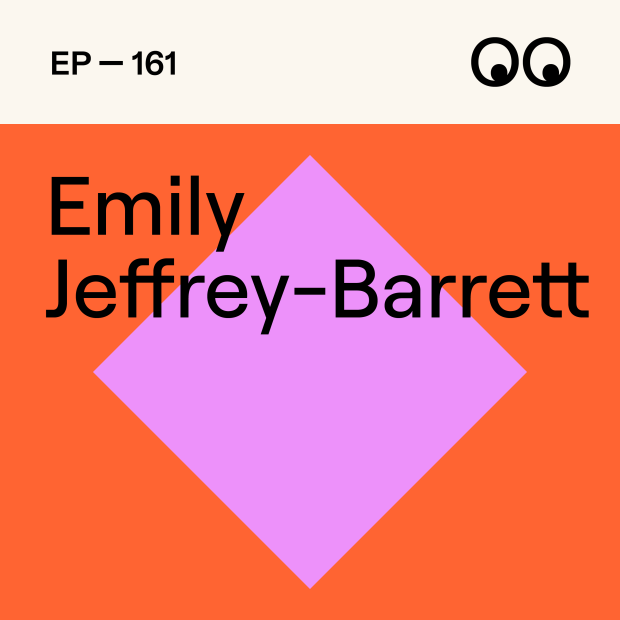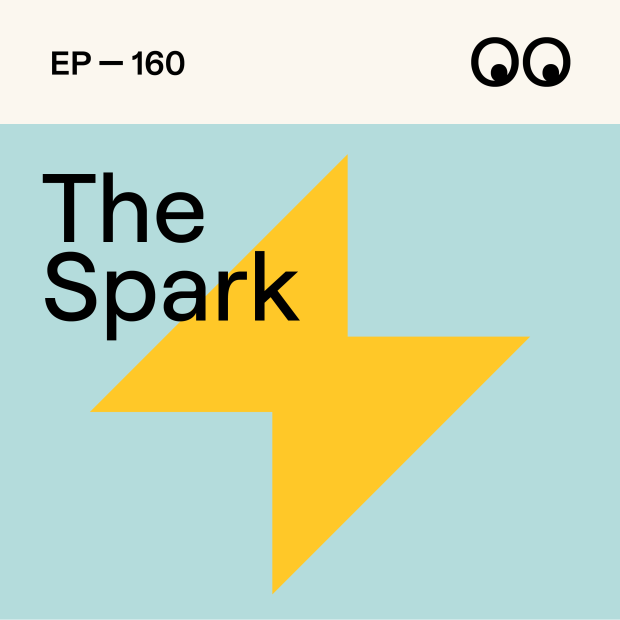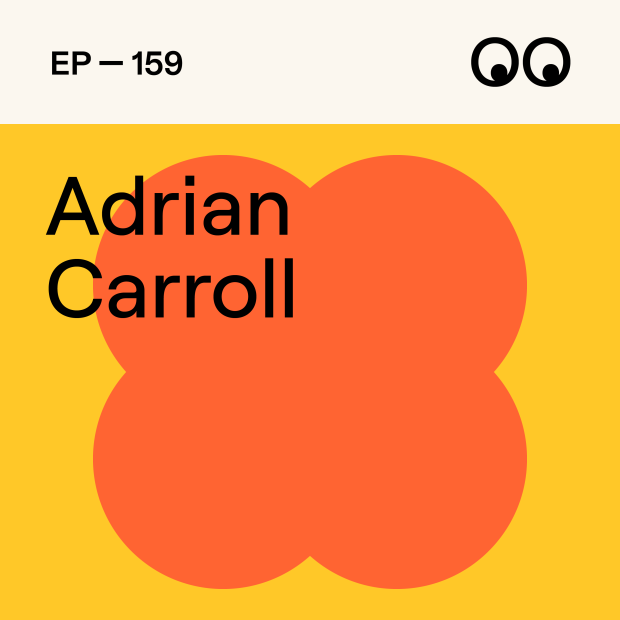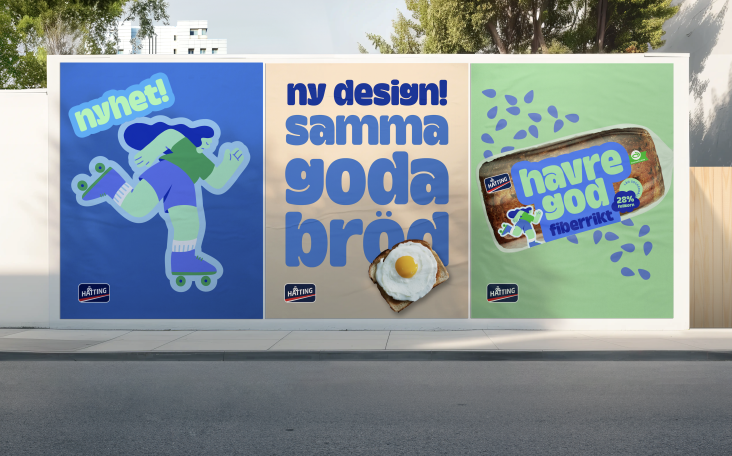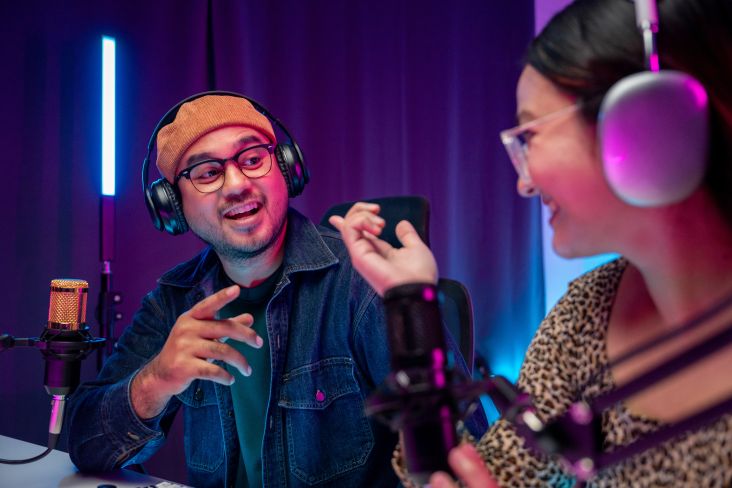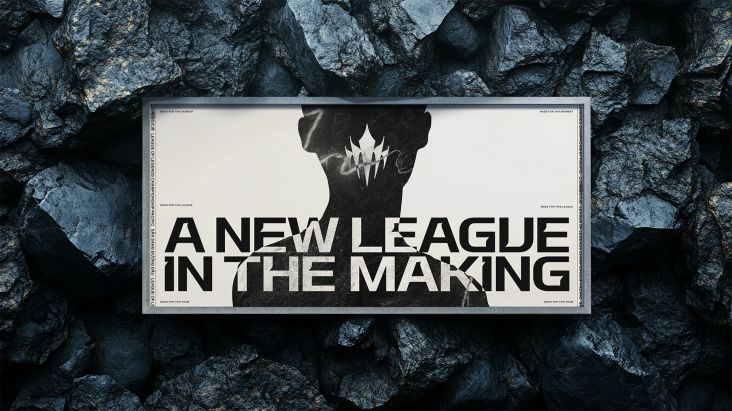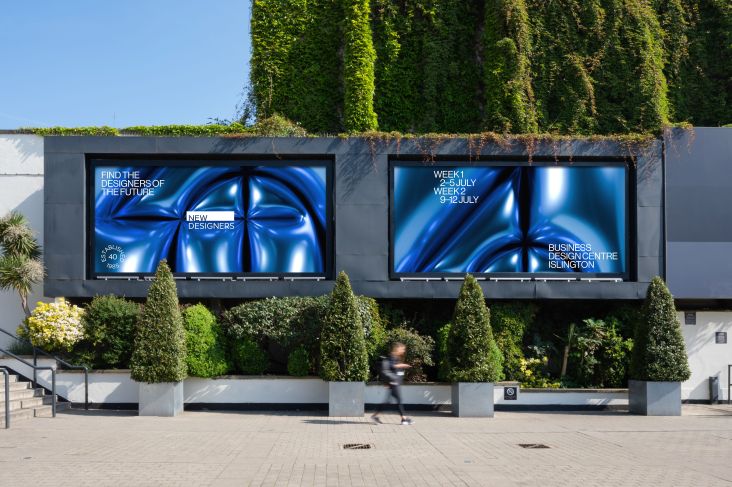Is the age of the specialist over in creative agencies?
Creative leaders discuss how generalists with depth and good taste are becoming the industry's most valuable players.
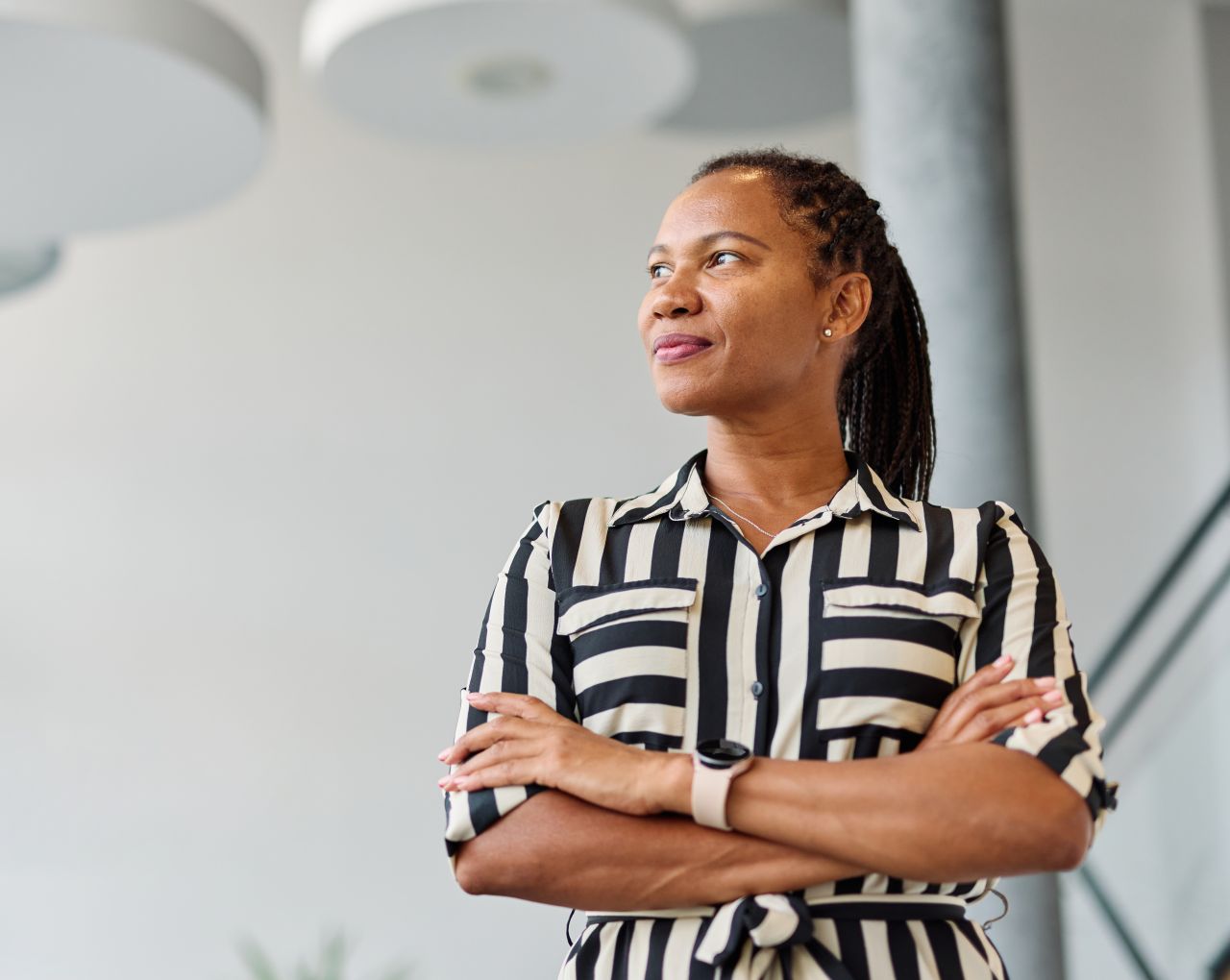
The rise of the creative polymath. Image licensed via Adobe Stock
The creative industry has spent decades celebrating the specialist: the typography virtuoso, the motion graphics master, the brand strategist extraordinaire.
But as AI reshapes how we work, platforms fragment faster than we can count them, and budgets tighten across the board, how long will that remain the case?
We asked creative leaders whether generalists are better positioned for the future than specialists. Their responses reveal a nuanced shift that isn't quite the death of specialisation but rather its evolution into something more collaborative, adaptable and strategically minded.
The rise of the creative polymath
Kiser Barnes, partner and chief creative officer at Red Antler, believes we're entering a new era. "We're living in the age of the creative generalist," he says. "Brands are more fluid; audiences are more fragmented, and the platforms we design for shift by the month. In this environment, the creatives who thrive are the ones who understand how all the pieces connect: brand and business, storytelling and touchpoints, culture and code."
This sentiment echoes across the industry. Simon Manchipp, founding partner at SomeOne, puts it succinctly. "The future isn't generalists vs specialists," he says. "It's generalists with a great point of view, who know when to go deep, and specialists who can zoom out and play nicely with others."
The driving forces behind this shift are multiple and converging. Budgets are tightening, forcing agencies to seek creatives who can "hop from task to task," as Barrington Reeves, creative director at Too Gallus, puts it. Meanwhile, the tools of creativity have become more accessible and more sophisticated, creating what Matthew Schneider, director of product marketing at LucidLink, describes as an unfair expectation. "Specialists are pressured more and more today to have a broader and wider skill set than you'd ever have expected before," he says.
The AI accelerator
No factor is reshaping the creative landscape more dramatically than the rise of AI. And Cat How, founder and executive creative director at How Studio, draws this conclusion. "I think people who have the best taste, confidence and ability to decide what they like or don't like will be better positioned for the future," she predicts. "In the creative industry, AI will be all about curation."
Barrington agrees. "With the integration of AI acting as the great leveller in technical skill, the main gap that remains is in taste and curation," he believes. "It's not unlikely that in a year or so, the gap for many specialist skills will be closed, as AI tools are built natively into software."
Simon frames this shift with characteristic directness. "In 2025, AI can do the doing. Faster. Cheaper. It is more consistent than Steve in the corner with his 'niche mastery of kerning'. So, just being good at one thing? Not enough. But being useful across things? Very attractive."
The T-shaped creative
The consensus isn't for shallow generalism, though: quite the opposite. What emerges from these conversations is the concept of the 'T-shaped' creative: someone with broad understanding across disciplines but deep expertise in one or two areas.
"Deep expertise is important, but it needs to be paired with range," says Kiser. "You might be an incredible designer, but if you can also think strategically, understand tech implications, and speak to how an idea lives across channels, you become exponentially more valuable."
Ashleigh Hansberger, co-founder and chief operating officer at Motto, describes this as "lateral mastery"; creatives who "go deep enough to earn authority in their craft but wide enough to translate ideas across strategy, design, tech and culture".
And Paul Leon, creative director at U037, believes that this breadth actually enhances creativity rather than diluting it. "You want cross-pollination and different approaches, other skills," he argues. "That's where good ideas, designs and solutions live. Being able to learn, research, think and solve problems creatively and communicate all of that into something finished is what designers do."
The collaboration imperative
Several leaders point to collaboration as the key differentiator in all of this. Creative director Charlie Bowden sees the future in smaller agencies where "generalists and specialists work more closely together," rather than the traditional agency structure where "if you ask an ad agency to solve your business problem, they'll make ads, a PR agency, PR, an animation studio, an animation, regardless of whether that's the best thing for the client. I've seen this first hand."
That's not a slight at the specialists themselves, he hastens to add; more a criticism of the agency structure. "I think there could be a future in smaller agencies, some made of generalists and others of specialists working more closely together," he muses. "The networks have tried a similar model in the past but have always been hamstrung by the politics of networks."
Joachim Froment, founder and head of design at Futurewave, believes both generalists and specialists must remain "state of the art" in their approaches, but with different emphases. "As a generalist, you need to use tools and a methodology that enhances your holistic approach while keeping critical thinking," he reasons. "As a specialist, you need to be curious and constantly update yourself on tools and knowledge."
Not everyone is ready to write an obituary for traditional specialists, though. Tom Munckton, executive creative director at Fold7 Design, believes that, ultimately, it depends on where you want to go in the industry. "Some of the most memorable designers and creatives are known for doing something specific," he reasons, "be that within a current zeitgeist moment or defiantly carving their own style regardless. Those who specialise also demonstrate a dedication and focus to become specialists. These are qualities that can be transferred if the tides turn on your niche."
Alex Rexworthy, co-founder and design director at Outlaw, brings it down to basics. "We're in the business of ideas, no matter the discipline," he argues. "Skills can be transferable, but ultimately, everything begins with the idea."
The integration advantage
What emerges from these perspectives isn't the death of specialisation but its integration into a broader, more strategic approach.
The future belongs not to those who can do everything adequately but to those who can think across disciplines while maintaining craft excellence in their core areas. As Ashleigh puts it: "The best creatives aren't locked into silos. They know how to zoom into the details and pan out to see the bigger system at play."
So, what does all this mean in practical terms? Matthew offers this advice to young creatives. "Master one or two tools or workflows and have some capacity to use a few other tools. And tinker, always tinker. Carve out time to try new things and learn new skills. It's fun to learn, and it's healthy to know other workflows."
In short, the age of the specialist may not be over, but it's certainly evolving. And the creatives who understand that evolution, who can bridge disciplines whilst maintaining excellence, are the ones who'll thrive in whatever comes next.

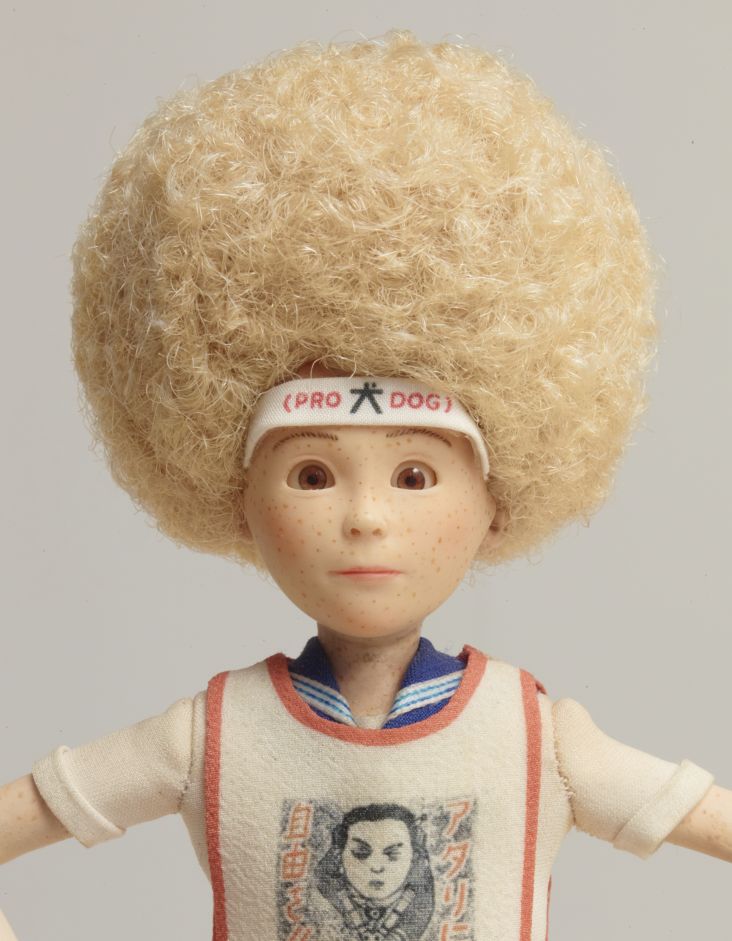
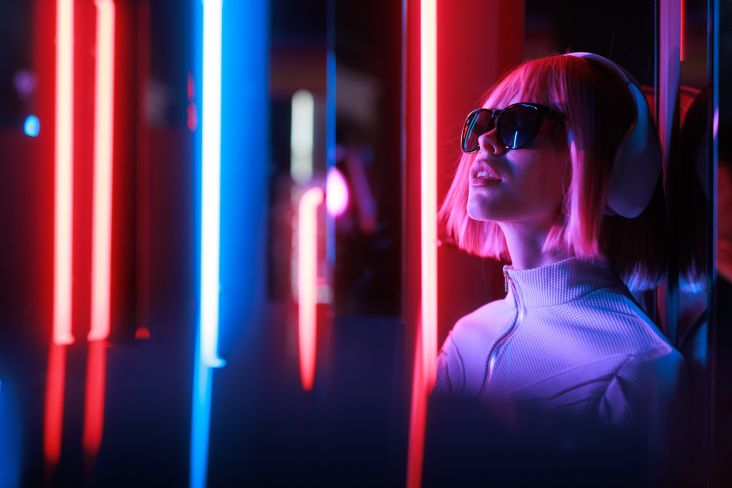
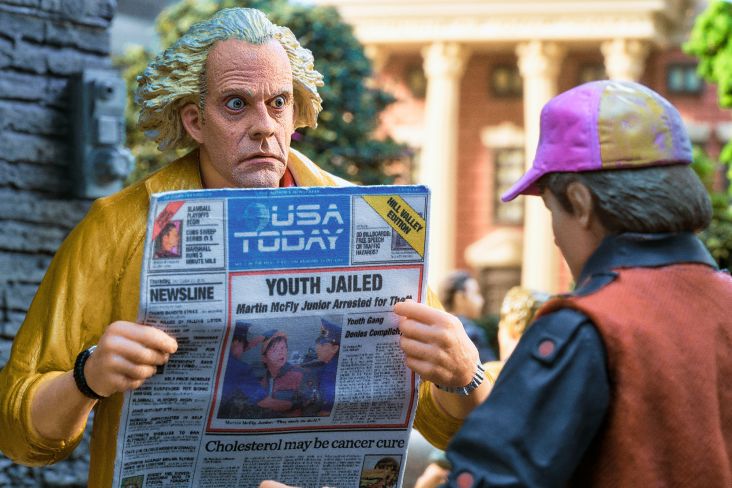

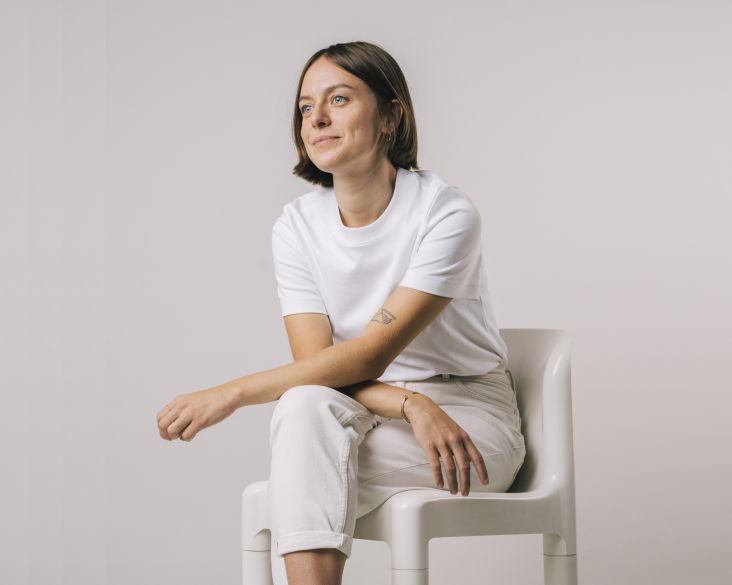
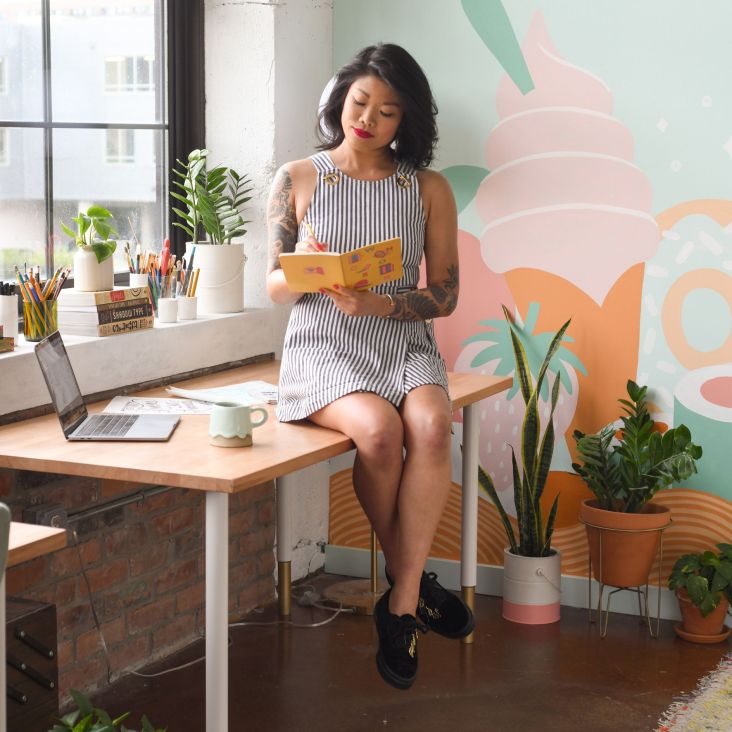
 using <a href=index-521.html target="_blank">Obviously</a> by Oh No Type Co., Art Director, Brand & Creative—Spotify](jpg/6ed31eddc26fa563f213fc76d6993dab9231ffe4_732.jpg)
